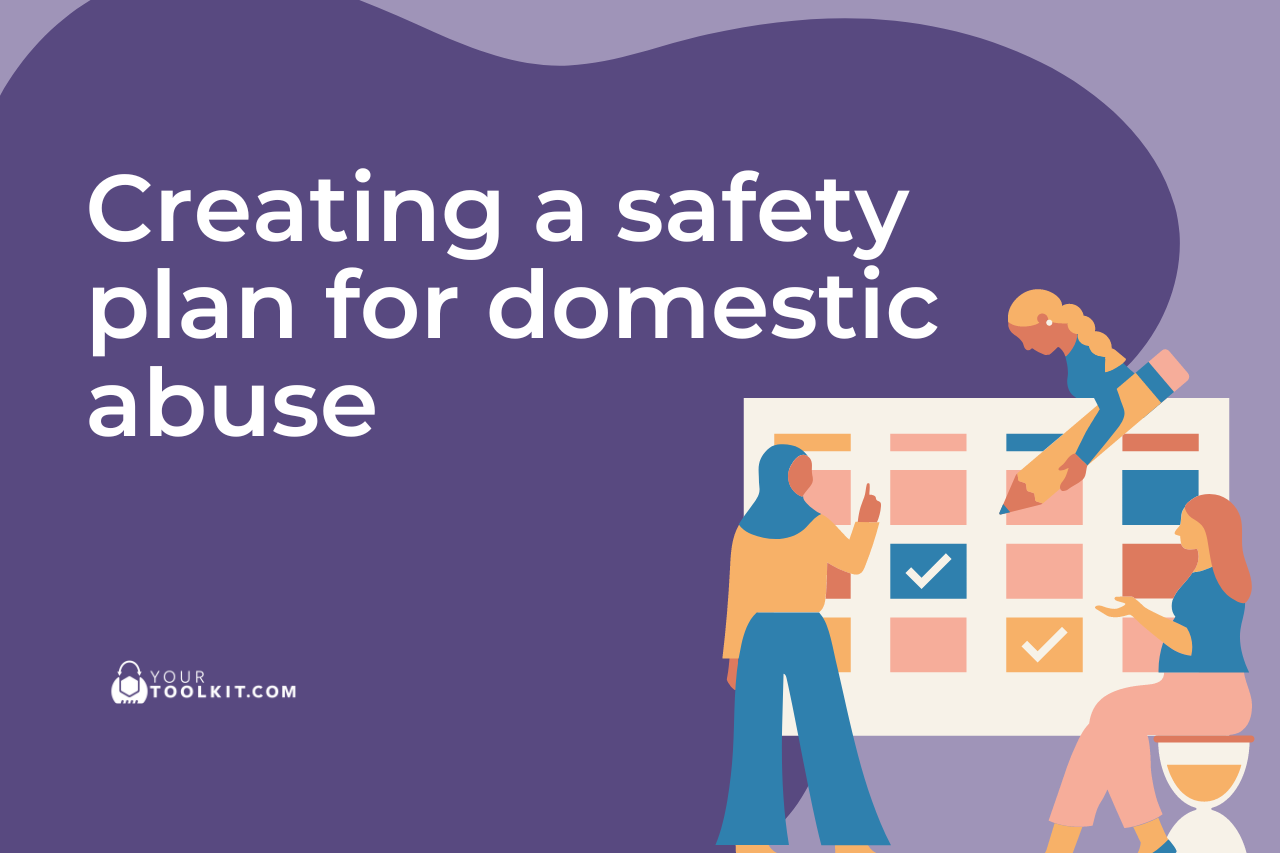We deeply understand that domestic abuse is a sensitive and complex issue, and it’s important to know that you, as a victim survivor, have choices. We’re here to provide options, support your decision-making, and ultimately, help enhance your safety. This guide is about building a safety plan to protect yourself from further domestic abuse.
Understanding Safety Planning
Safety planning is a process which involves identifying potential risks and deciding in advance what steps you might take to reduce those risks. Remember, you are the expert of your own situation – you are already risk-assessing your decisions and managing your safety in ways that are relevant to your unique circumstances.
Step 1: Recognising the Danger Signs
It’s important to recognise and acknowledge the signs of escalating abuse. Changes in the abuser’s behaviour, mood swings, threats, or an increase in physical violence may all be signs. By recognising these signs, you can make informed decisions on how best to handle these situations.
Step 2: Establishing Personal Connections
Connecting with a supportive friend, family member, or community support worker is a positive step. Consider sharing with them about the situation and enlist their help as part of your safety plan. It’s also beneficial to familiarise yourself with the available local resources such as crisis hotlines, shelters, and counselling services.
Step 3: Safeguarding Your Communications
Ensuring that your communications are secure is crucial. This can involve clearing your browser history, setting new passwords for your accounts, and being mindful of where and how you store sensitive information. Always keep in mind that the abuser may monitor your activities, so taking these precautions can protect you.
Step 4: Preparing an Emergency Exit Plan
An exit plan outlines steps to leave a dangerous situation safely. This might include identifying safe places to go and preparing a bag with essential items, such as clothes, important documents, medications, money, and keys. Bear in mind that creating an exit plan doesn’t mean you’re deciding to leave; it’s about ensuring you can leave safely if you choose to.
Step 5: Protecting Children and Pets
If there are children or pets involved, include their safety in your plan. Make arrangements for them to stay with someone trustworthy, if possible. Involving children in the plan should be age-appropriate, and aimed at keeping them safe without burdening them with undue responsibility.
Step 6: Seeking Legal Protection
Legal options might include applying for a protection order, seeking custody of children, or pressing charges against the perpetrator. Legal advice from a professional experienced in domestic abuse cases can help you understand your options.
Step 7: Self-Care and Healing
Lastly, taking care of your physical and emotional health is paramount. The trauma of abuse can impact your wellbeing, making self-care a necessity. This might involve regular exercise, maintaining a balanced diet, seeking professional therapy, or exploring mindfulness and relaxation techniques.
Remember – you are not alone, and there are supports and resources available for you
Each step you take towards building and implementing a safety plan is a testament to your strength and resilience. For more information about how to prepare, act, rebuild and thrive, please visit Yourtoolkit.com.

